The ash dieback invasion of Europe was founded by two genetically divergent individuals
Data and Resources
-
Open Access PDFPDF
Nature Ecology & Evolution
-
Publisher WebpageHTML
Nature Ecology & Evolution
-
Publisher TDM LinkAPI
Nature Ecology & Evolution
-
Journal ArticlePDF
Nature Ecology & Evolution
Additional Info
| Field | Value |
|---|---|
| Source | |
| Version | |
| Authors |
|
| Maintainer | |
| Maintainer Email | |
| Article Host Type | publisher |
| Article Is Open Access | true |
| Article License Type | cc-by |
| Article Version Type | publishedVersion |
| Citation Report | https://scite.ai/reports/10.1038/s41559-018-0548-9 |
| DOI | 10.1038/s41559-018-0548-9 |
| Date Last Updated | 2019-03-27T08:45:42.810927 |
| Evidence | open (via page says license) |
| Funder code(s) | |
| Journal Is Open Access | false |
| Open Access Status | hybrid |
| PDF URL | https://www.nature.com/articles/s41559-018-0548-9.pdf |
| Publisher URL | https://doi.org/10.1038/s41559-018-0548-9 |
